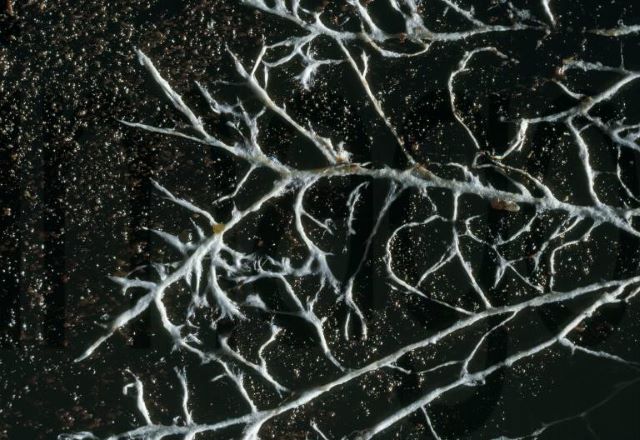Some animals and plants have peaceful relationships between themselves and habitats.
Underground, fungi send out hyphae connecting woodland trees in a wood wide web. Thanks to this web, the fungi can receive sugar from the trees, the trees will be given water and minerals from the fungi and saplings will be sent any extra resources.
However, in a meadow trees would be intrusive, stealing sunlight and nutrients, and possibly destroying the habitat. Luckily, wild horses eat saplings allowing more wildlife to return to our meadows.
Glow worms can also make a home for other animals: by eating snails, glow worms empty more snail shells for mason bees to live in. Another pair of invertebrates who exhibit commensalism are the wood ants and aphids. Wood ants normally eat other invertebrates, but their main food source is honeydew. Since aphids produce this, wood ants will sometimes protect these beetles.
Unlike the previous relationships between animals, the symbiotic relationship between the wild boar and robin only takes place during the most difficult time of year: winter. The boar lifts up the frozen ground in order to find roots and bulbs, allowing the robin to find worms.

